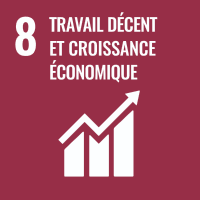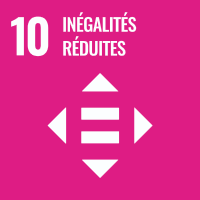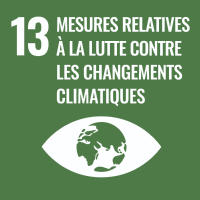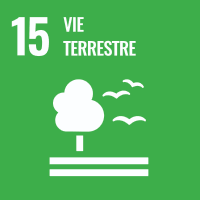China
The Qinglong Reforestation Project in southwest China, Guizhou Province, aims at rehabilitating a bare and karstic landscape facing rocky desertification.




This project lies in the mountainous district of Qinglong, Guizhou province, within a natural karst area plagued by rocky desertification. Centuries ago, the project’s zone was covered by native and diversified forests, which have been cleared over time because of human activities. Historical deforestation drivers include extensive agricultural expansion and livestock overgrazing. These age-old practices have disrupted the delicate balance of natural ecosystems while reducing their resilience to environmental pressures.
Vegetation loss led to rocky desertification, which turned the area into rocky landscapes, depleted soils and increased erosion. Faced with this downward spiral, natural regeneration is not an option anymore.
Additionally, this rocky and karst environment hinders economic development and makes agricultural production, which constitutes the backbone of the local economy, more difficult. Besides, in this rural area, possibilities for villagers to raise their standard of living are limited due to a lack of job opportunities, especially for older people, women, and local ethnic groups.
CARBON REMOVAL POTENTIAL
The Qinglong Reforestation Project meets the high-quality requirements of the highest international certification standards and guarantees the sequestration of 279 tons of CO2 equivalent per hectare over its 30-year lifespan. Beyond climate action, the project implies strong core benefits, including strengthening local biodiversity and improving socio-economic conditions within the project area.
FOSTERING ECOLOGICAL BIODIVERSITY
The planting of a mix of tree species, selected for their ability to adapt to karst environments, will contribute to the recovery of the ecosystem's diversity and functionality. As an example, Slash Pine will act as a catalyst for local biodiversity, with pine seedlings being consumed by birds and small mammals. In the long term, the newly planted forest will help reverse water and wind erosion as well as regenerate the soil's ecological properties. It will also strengthen the area's resilience in the face of potential climatic or biological hazards.
The restoration of this isolated and hostile landscape through afforestation will lead to the creation of biological corridors connecting it to surrounding forests. Finally, it will provide conductive habitats for flora and fauna, including an array of vulnerable bird species, small mammals, pollinators, and insects.
BUILDING EMPOWERED COMMUNITIES
Approximately 530,000 workdays will be generated for local villagers during the project’s implementation phase, from 2025 to 2029. Furthermore, the project will ensure job opportunities for women, elderly, and people from minority groups such as Miao and Puyi communities. Upon hiring, workers will all receive comprehensive training in planting, seedling cultivation technology, ecosystem preservation, and more. Capacity building is aimed at empowering communities and improving their environmental stewardship.
On the other hand, the project involves the creation of sustainable business models for non-timber forest products, guaranteeing economic well-being and resilience. Local communities will in fact benefit from sustainable income sources through the harvesting of fruits, needles, or leaves, which will be sold mainly for Chinese traditional medicine purposes.




